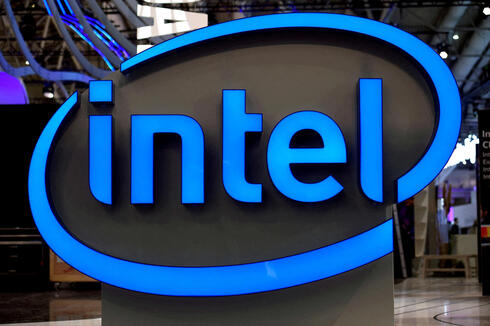
Intel employees left in the dark amid talk of radical transformation
CEO memo promises “swift action” and a flatter structure—but confirms only that layoffs are coming.
Intel CEO Lip-Bu Tan has laid out the most detailed vision yet for the embattled chipmaker’s turnaround—but offered little clarity to employees on the scope or timeline of anticipated job cuts.
Inside the Intel reckoning: layoffs, leadership, and the long road back to relevance
Intel cancels Intel Capital spinoff as Lip-Bu Tan shifts to financial discipline
In a 1,200-word letter sent Thursday to Intel’s global workforce, Tan acknowledged both the company’s modest success in the first quarter of 2025 and the significant challenges ahead. “We need to build on this progress — and it won’t be easy,” he wrote. “We are navigating an increasingly volatile and uncertain macroeconomic environment, which is reflected in our Q2 outlook.”
The internal memo followed reports earlier this week from Bloomberg that Intel plans to cut approximately 22,000 jobs, or roughly 20% of its global workforce—one of the largest rounds of layoffs in its history. Intel has neither confirmed nor denied that figure. In the letter, Tan stated only that “these critical changes will reduce the size of our workforce,” and that the reductions would begin in the second quarter and continue “as quickly as possible over the next several months.”
Tan, who took over as CEO five weeks ago, is pushing for deep structural and cultural changes across Intel as it seeks to regain competitiveness amid slowing revenue growth, rising global tariffs, and increasing pressure from rivals in AI and advanced semiconductors.
“The feedback I have received from our customers and many of you has been consistent,” Tan said in the letter. “We are seen as too slow, too complex and too set in our ways — and we need to change.”
A key pillar of Tan’s plan is to refocus the company around engineering, while reducing management layers and streamlining decision-making. “We need to get back to our roots and empower our engineers,” he wrote. “That’s why I elevated our core engineering functions to the \[Executive Team\].”
The letter described Intel’s internal bureaucracy as a drag on innovation. “Many teams are eight or more layers deep, which creates unnecessary bureaucracy that slows us down,” Tan wrote. He also criticized a corporate culture in which “the most important KPI for many managers … has been the size of their teams.”
Tan announced plans to reduce operating expenses to $17 billion in 2025, down from a previous target of $17.5 billion, and to $16 billion by 2026. Capital spending will also be cut, with gross capital expenditures lowered from $20 billion to $18 billion this year. He said further details would be discussed during Intel’s all company call on Friday.
The memo also outlined changes to hybrid work expectations. Starting September 1, employees currently on hybrid schedules will be required to work from the office four days a week. The current policy of three days per week, Tan said, has been “uneven at best” in its enforcement.
Tan framed the changes as essential to rebuilding Intel’s identity. “Intel was once widely seen as the world’s most innovative company. There’s no reason we can’t get back there, so long as we drive the changes needed to improve,” he wrote.
However, employees seeking concrete information on how the restructuring will affect them were left with few specifics. Tan emphasized that decisions on staffing would be made by his leadership team and shared “on an ongoing basis,” but did not address which divisions or geographies would be affected.
“We must balance our reductions with the need to retain and recruit key talent,” he wrote. “These decisions will not be made lightly.”
Related articles:
Intel currently employs around 109,000 people worldwide. The company’s Q1 2025 results showed revenue of $12.67 billion, narrowly exceeding expectations. But its forecast for the next quarter—$11.2 billion to $12.4 billion—fell below analyst estimates and sent shares down more than 7% in after-hours trading.
Intel’s transformation comes amid growing competitive threats from companies like Nvidia and AMD, as well as geopolitical tensions with China, one of its largest markets. Despite these headwinds, Tan said he remains committed to turning the company around.
“I came on board knowing full well this would be the most challenging job of my career,” he wrote. “But also the most motivating and fulfilling.”
